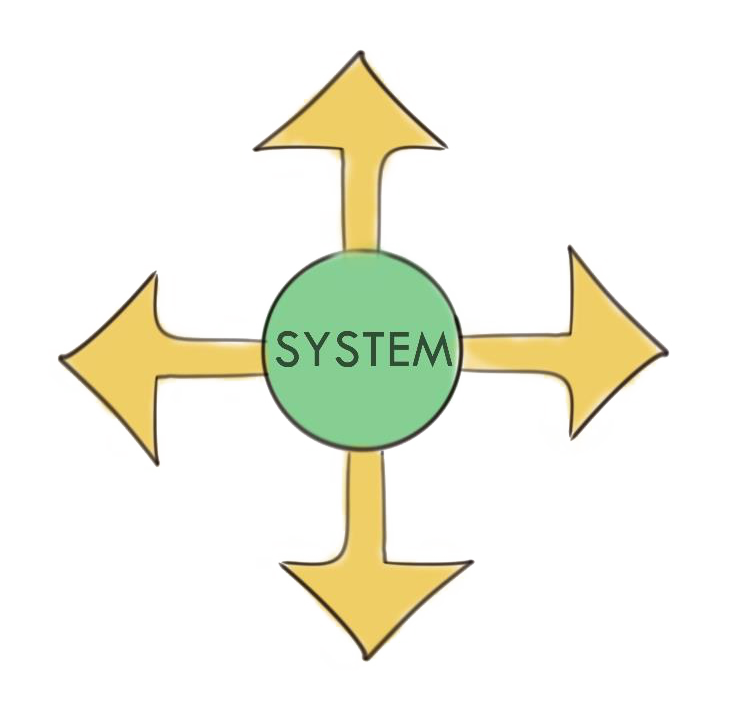5. Needs and functions
Identify the needs behind the current system configuration.
At a glance
Goal
Exploration of current and future system functions and societal needs to be fulfilled.
Input
Problem orientation + stakeholder analysis
Methods
“Why?”-questions technique
Relative workload
Medium
Output
A list of needs/functions of your sociotechnical system. The number of functions to be considered depends on the nature of the study (e.g. time constraints).
Steps
Identify needs and functions, tentatively by applying the “why?”-question technique.
Consider questions such as:
- What are the current needs related to the problem under study?
- How could the identified needs change in the future?
- What are the functions of the current system?
- What functions should a new system configuration provide?
Data collection
Although in a basic sense the needs of humans are fairly similar across the globe, the way these needs are interpreted and manifested may vary considerably. Similarly, systems that resemble each other (e.g. city districts) might be facing similar challenges, but these challenges could manifest in different ways and certainly require different line of actions. In other words, information that is not specifically about the system under study may provide some useful input when identifying needs and functions, but it is important not to rely too much on decontextualised information. However, information that is specifically about the system may provide some key insights.
For more information about data collection, see participation and context.
Participatory elements
What type of system functions do the stakeholders describe as important? Are any of those underperforming, and/or could they be expected to underperform in the future (unless something changes)? Are there any aspects of the system that the stakeholders put forward as essential?
For more information about participatory elements, see participation and context.
Examples
- The heating system: provides a comfortable indoor climate (function/need). Note that such a need can be met by system-level innovation based on e.g. novel technologies and business models, increased building energy efficiency, lifestyle changes, changes in perceptions of comfort etc.
- The transportation system: provides access to various services.
- KTH Campus: provides environment for education and research but also accommodation and an area for leisure time.
Problem: A heating unit installed in Björns’ house does not provide enough heat in the cold season.
Proposed solution: To install an extra heating unit.
Why? For Björn to get warm and comfortable.
(Possible solutions: Additional heater, warm clothes, more people in the flat, physical activity, improve the insulation, move to a warmer country,… etc.)
Problem: Lisa wants to visit her grandparents.
Proposed solution: Use the car.
Why? Mobility: to move from point A to point B.
(Possible solutions: Biking, virtual reality, high-speed trains, a hyperloop, … etc.)
